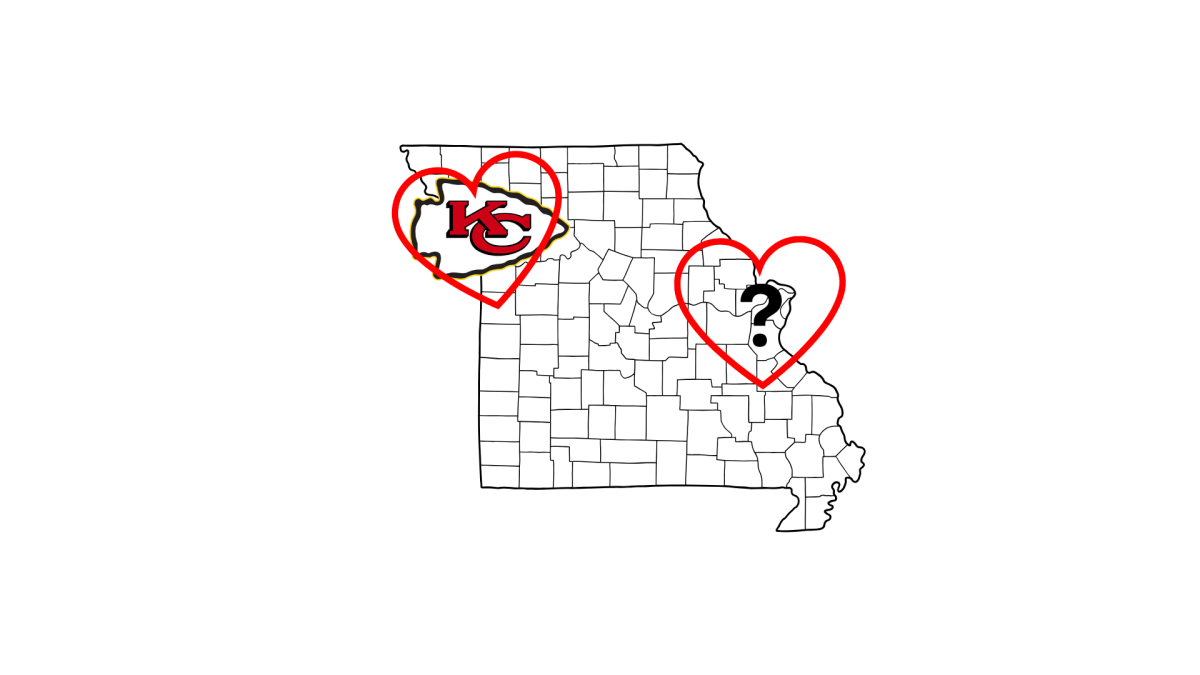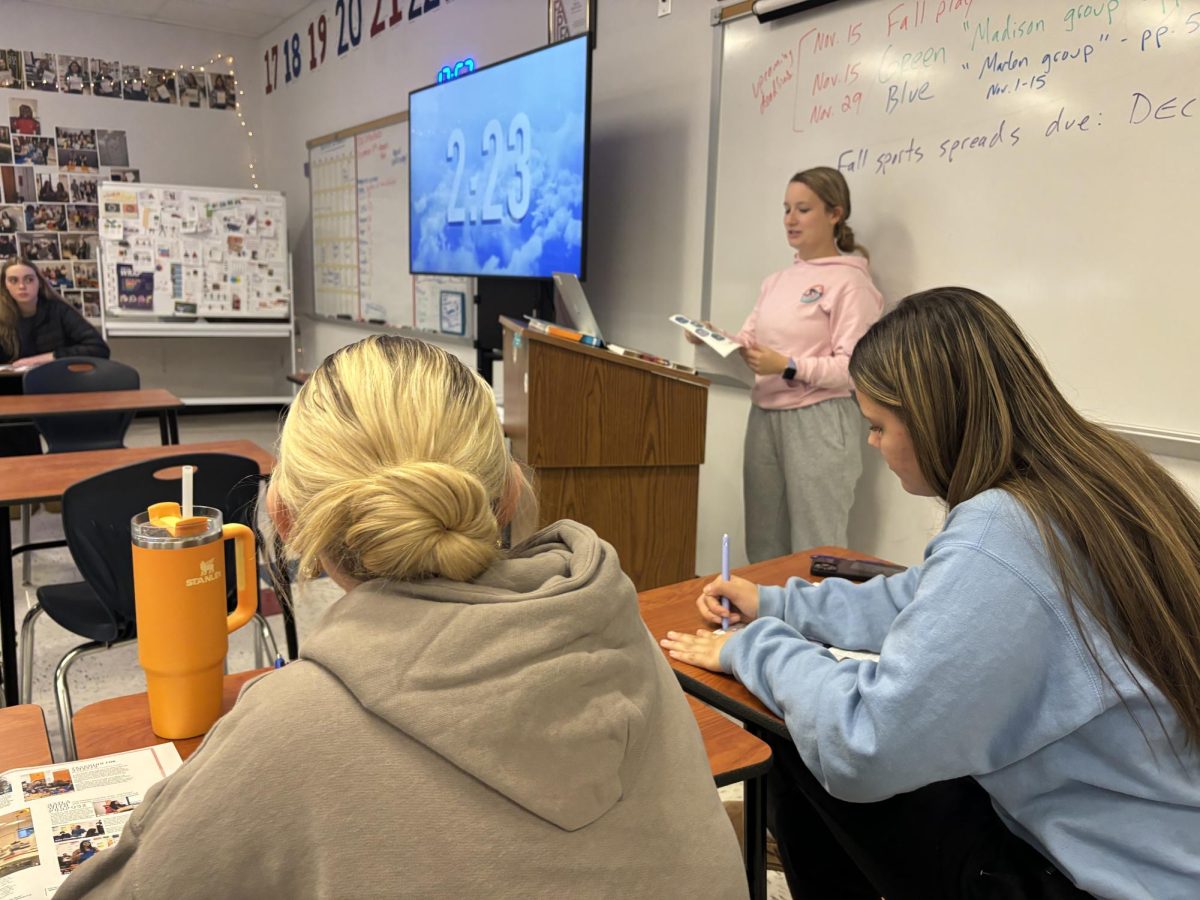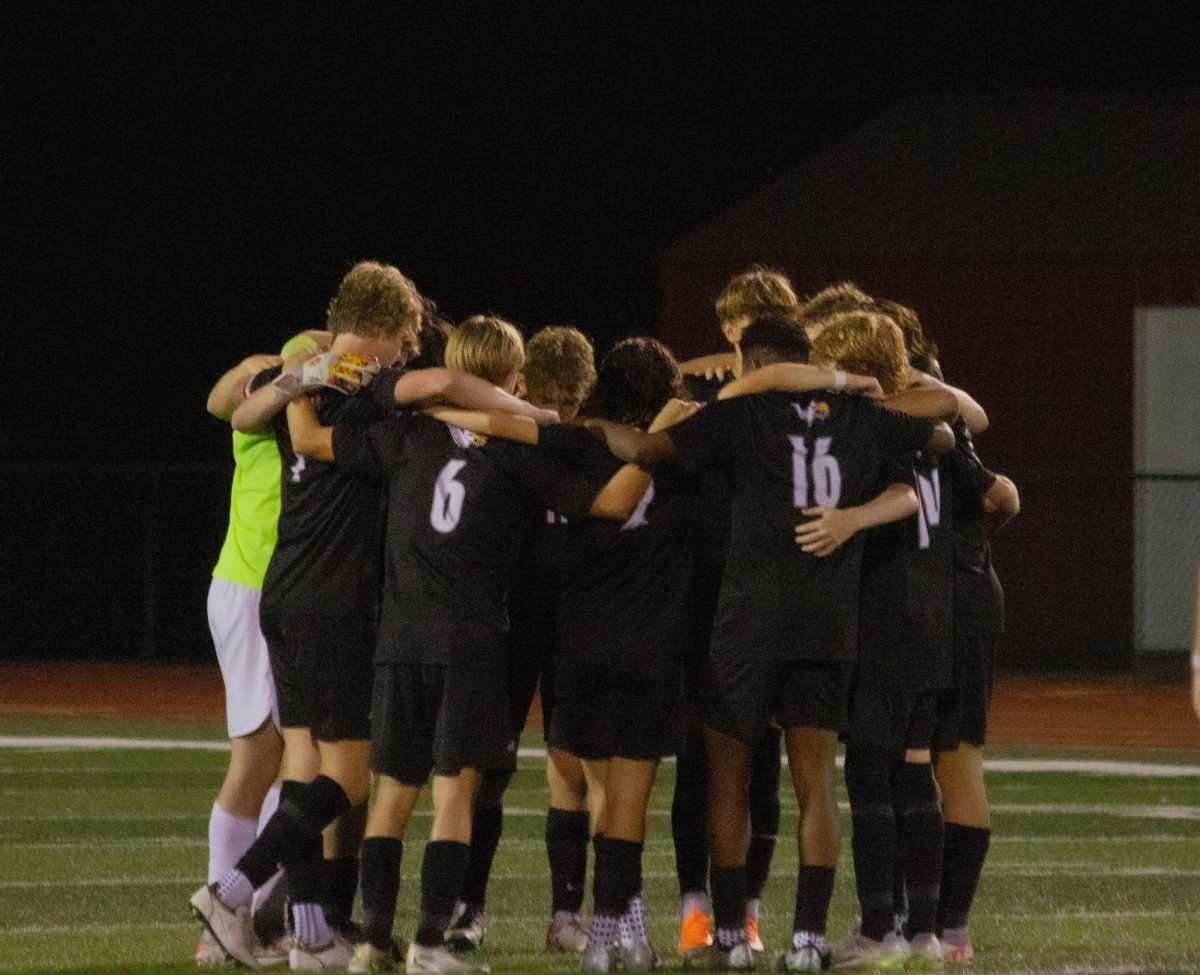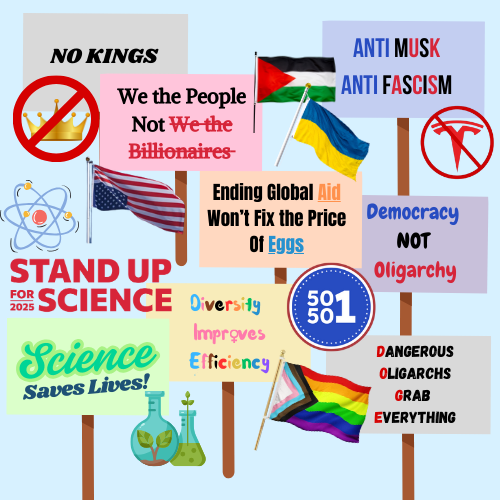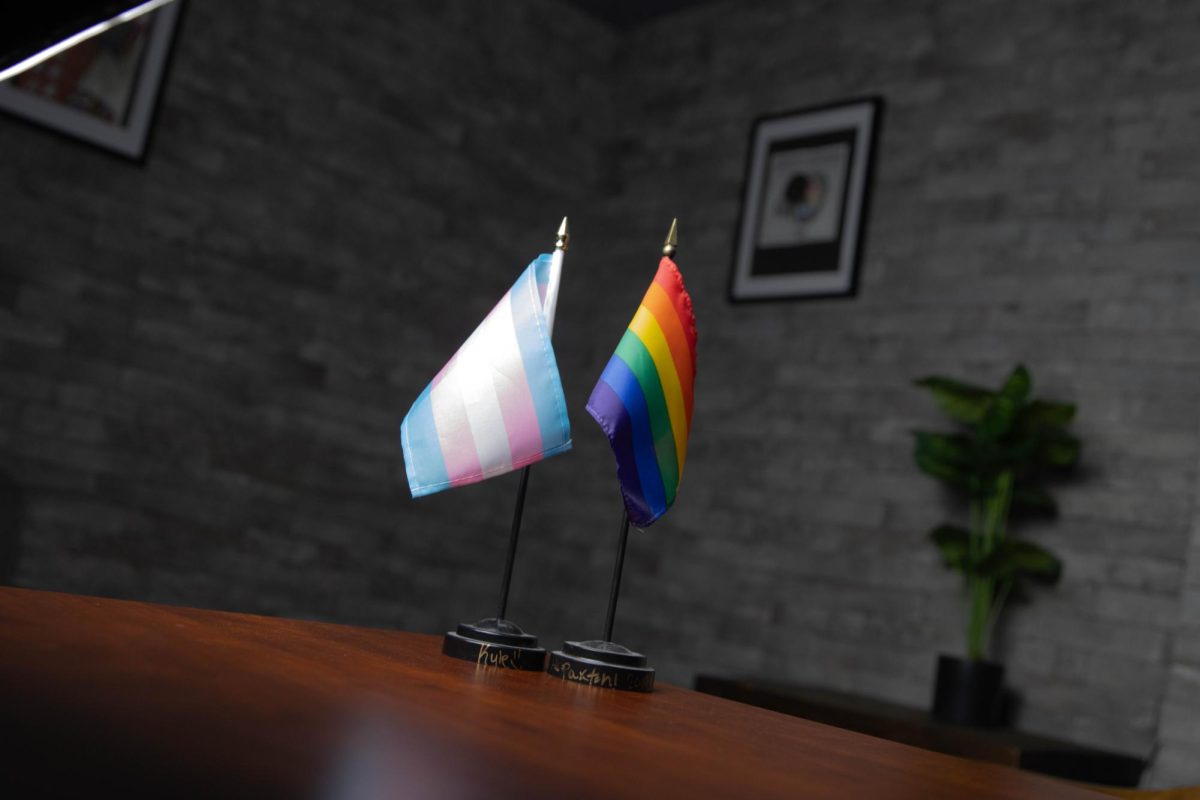In the heart of Missouri, two cities—St. Louis and Kansas City– share a state but often find themselves on opposite sides of sports rivalry. With the departure of the Rams from St. Louis, a void was left in the city’s NFL landscape.
As the Kansas City Chiefs’ success has risen, so has their presence in St. Louis. With Chiefs gear becoming a common sight at local stores and in television ratings. According to the St. Louis Post-Dispatch, 19% of the St. Louis market watched the Chiefs-Texans playoff game, which more than doubled the number of last year’s top rated St. Louis Cardinals game of 9%.
However, this growing visibility doesn’t always equate to universal support. Many people in St. Louis grappled with mixed emotions, balancing admiration for the Chiefs’ achievements with lingering sentiments surrounding the Rams’ exit. This complex relationship raises the question: Do the people of St. Louis truly embrace the Chiefs as their own?
For some, the Chiefs’ recent dominance in the NFL has made it easier to get on board, offering St. Louis fans a winning team to rally behind. For one supporter, it’s a family tradition.
“I do like the Chiefs, mostly because it’s a family thing,” Grant Meyer (10) said. “I remember growing up watching the Chiefs games sitting with my siblings and cousins every Sunday they played.”
However, for some, old wounds still linger- memories of the Rams’ abrupt departure and a lingering sense of rivalry with Kansas City make full-fledged support feel unnatural.
“I don’t like the team because I grew up a Rams fan, but ever since they left, I’ve been told I have to be a Chiefs fan because they are my ‘state’s team,” Garrett Matlock (11) said.
In the end, the relationship between St. Louis and the Kansas City Chiefs remains multifaceted and deeply personal. While some residents have embraced the Chiefs, finding in them a new source of football pride, others continue to remember historical rivalries and the lingering impact of the Rams’ move to LA. This complex dynamic reflects the broader challenges and emotions that cities face when navigating the shifting allegiances of professional sports.



